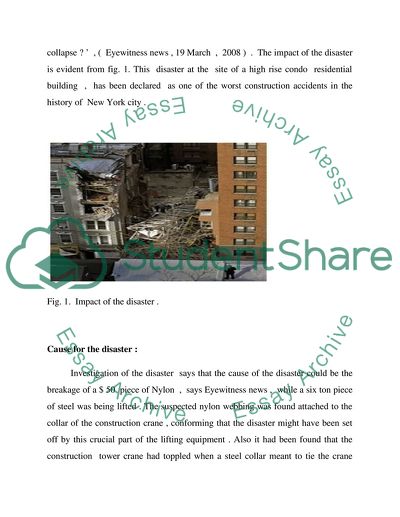Cite this document
(“New York Construction Crane Disaster with Respect to Health and Safety Essay”, n.d.)
Retrieved from https://studentshare.org/health-sciences-medicine/1552757-case-study-for-health-and-safety
Retrieved from https://studentshare.org/health-sciences-medicine/1552757-case-study-for-health-and-safety
(New York Construction Crane Disaster With Respect to Health and Safety Essay)
https://studentshare.org/health-sciences-medicine/1552757-case-study-for-health-and-safety.
https://studentshare.org/health-sciences-medicine/1552757-case-study-for-health-and-safety.
“New York Construction Crane Disaster With Respect to Health and Safety Essay”, n.d. https://studentshare.org/health-sciences-medicine/1552757-case-study-for-health-and-safety.


